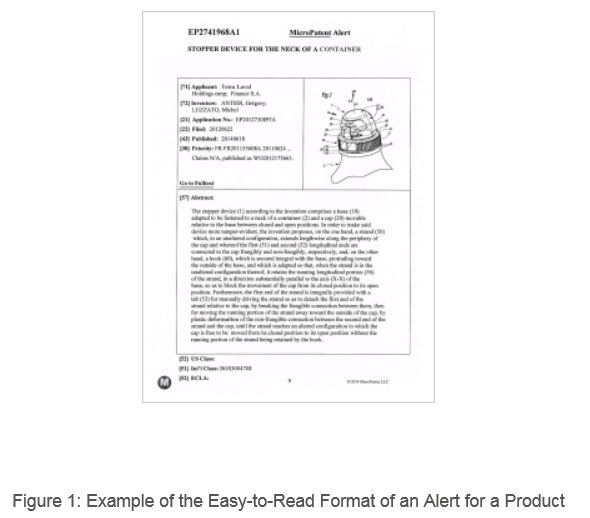Co-authored by: Alaina Renz
The U.S. Patent and Trademark Office has new and popular procedures for challenging the validity of (in other words, killing) a competitor's patent. The most powerful procedure, a Post-Grant Review (PGR), must be filed within nine months of the grant or "issue date" of any patent with a priority date of March 16, 2013, or later. This requires businesses to monitor their competitors' patents and patent applications so that they avoid missing the nine-month window.
PGRs provide unique advantages that are not available in litigation or other post-grant proceedings. For example, the PGR process allows parties to challenge the patent on almost any ground that is a condition for patentability, including novelty, nonobviousness, definiteness, adequate written description, enablement and patentable subject matter; such a range of grounds is not available in any other single review proceeding. Further, the PGR process is advantageous because in it a patent has no presumption of validity as it would in a federal district court action. And the conventional wisdom is that the patent office board hearing post-grant challenges has been more favorable to the challengers. A PGR proceeding also usually costs much less than district court litigation and can result in a final decision on a much faster time line. Finally, the PGR process can force patentees to amend their claims in a way that opens up the door for challengers to acquire intervening rights, which can help drastically limit future infringement claims and damages.
But the PGR process must be started within nine months from the date of the grant of the patent. To police competitors' patents to avoid missing the nine-month window, many companies set up a monitoring system, which is referred to by the term of art "Alert." The Alert periodically searches patent databases for patents and published patent applications by patent owner name, inventor name (when prolific inventors are known), Boolean search terms and patent classification in some combination. Part of the appeal of an Alert is its easy-to-read format. An example of an Alert is attached in Figure 1 showing bibliographic information, a drawing from the patent or application and an abstract.
The information in the Alert allows problem patents to be identified as early as possible and then allows businesses to assess whether the patent poses a threat of infringement. If so, the business knows it has a patent problem sooner rather than later and can plan for a possible PGR request. As the strategic advantages of PGRs are becoming more apparent, many businesses invest the time to set up monitoring and alert strategies today so that they will have their full competitive options available to them tomorrow.

The content of this article is intended to provide a general guide to the subject matter. Specialist advice should be sought about your specific circumstances.
